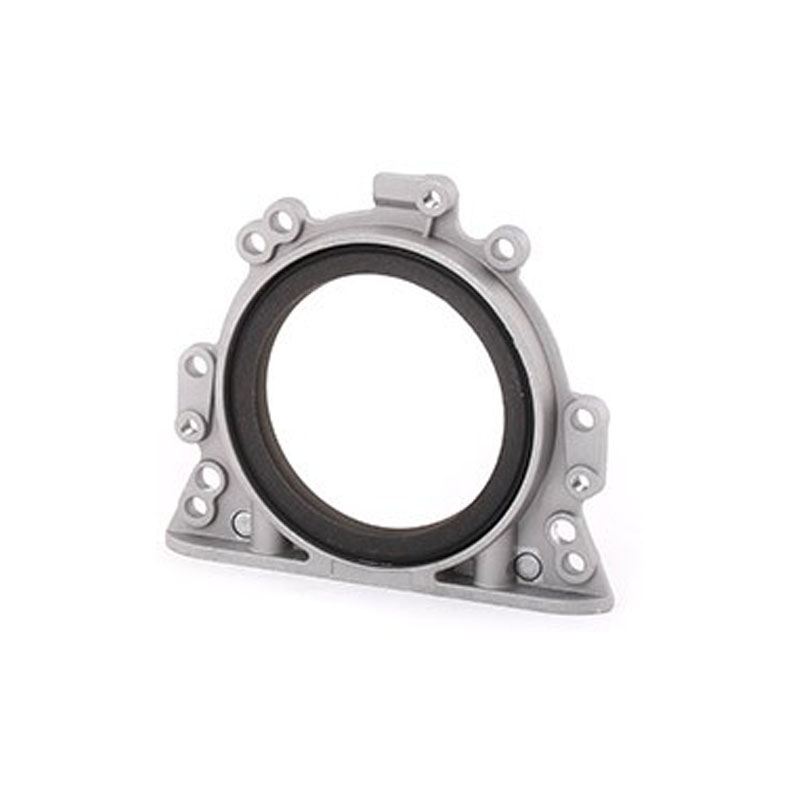Guidelines for Choosing the Right Oil Seal for Your Applications
Oil Seal Selection An Essential Guide for Optimal Performance
Oil seals, also known as lip seals or shaft seals, play a critical role in ensuring the efficiency and longevity of machines and mechanical systems. They are designed to prevent the leakage of lubricants, protect against the entry of contaminants, and maintain pressure within a system. Choosing the right oil seal can be a daunting task due to the variety of materials, designs, and sizes available on the market. This article aims to provide a comprehensive guide on oil seal selection, highlighting key considerations that will help ensure optimal performance.
Understanding the Function of Oil Seals
The primary function of an oil seal is to contain lubricants within a component while preventing the ingress of harmful external substances, such as dirt, dust, and moisture. Properly selected seals not only keep lubricants where they belong but also protect the internal components from wear and tear, thereby enhancing the overall reliability of the machinery.
Considerations for Selecting Oil Seals
When selecting the right oil seal for a specific application, there are several factors to consider
1. Material Oil seals are available in various materials, including rubber, polyurethane, and metal. The choice of material influences the seal's durability, temperature resistance, and compatibility with various fluids. For instance, nitrile rubber is commonly used for oil seals due to its excellent resistance to petroleum products, while fluorocarbon rubber (Viton) is ideal for high-temperature applications.
2. Operating Temperature The temperature range within which the oil seal will operate is crucial for selection. Each material has a specific temperature threshold; exceeding this range can lead to seal failure. It is essential to choose a seal that can withstand the highest expected temperature in the application.
3. Pressure Conditions Understanding the pressure conditions in which the oil seal will operate is paramount. High-pressure applications may require seals with special designs or materials to prevent leakage and ensure durability.
4. Shaft Type and Size The dimensions of the shaft and housing, including diameter and length, are critical for proper fitting and sealing. Accurate measurement is essential to avoid undersized or oversized seals that could lead to premature failure.
oil seal selection

5. Speed of Operation The rotational speed of the shaft impacts the seal selection process. Higher speeds may necessitate seals with advanced material properties or designs specifically engineered for low friction and heat generation.
6. Chemical Compatibility It is crucial to consider the types of fluids and chemicals the seal will be exposed to. Compatibility affects the seal’s longevity and effectiveness. For example, some oils may degrade certain rubber compounds, leading to quicker seal deterioration.
7. Environmental Conditions The operating environment plays a significant role in the selection process. Factors such as exposure to chemicals, UV light, and extreme temperatures should be considered to mitigate the risk of seal failure.
Design Features
Oil seals come in various designs, including single-lip and double-lip configurations. A single-lip seal is suitable for most applications, while a double-lip seal provides additional protection against contamination and leakage. Additionally, features like spring-loaded lips can enhance sealing capability and improve performance, particularly in dynamic applications.
Testing and Certification
Before finalizing the selection, it is advisable to explore testing and certification of the oil seals. Look for seals that meet industry standards and undergo rigorous testing to ensure that they can withstand the specific demands of your application.
Conclusion
Selecting the right oil seal is paramount for ensuring the longevity and efficiency of mechanical systems. By considering the various factors—material, temperature, pressure, size, speed, chemical compatibility, and environmental conditions—you can make an informed choice that ensures optimal performance. A well-chosen oil seal will not only prevent leaks and contamination but also contribute to the overall reliability of machinery, ultimately leading to reduced downtime and maintenance costs. Remember, investing time in the oil seal selection process pays off significantly in the long run.
-
Understanding the Front Main Engine Seal: Purpose, Maintenance, and Installation
News Jul.29,2025
-
Understanding O-Rings and Seal Rings: Types, Applications, and Custom Solutions
News Jul.29,2025
-
Understanding Crankshaft Oil Seals: Rear Seals, Pulley Seals, and Their Role in Engine Integrity
News Jul.29,2025
-
The Importance of Front and Rear Crankshaft Seals in Engine Performance and Oil Management
News Jul.29,2025
-
Crank Oil Seals: Functions, Types, and Cost Considerations in Engine Maintenance
News Jul.29,2025
-
A Comprehensive Guide to O-Rings and Seals: Types, Materials, and Global Applications
News Jul.29,2025
-
Mastering Diesel and Performance Engine Maintenance: A Guide to Critical Oil Gaskets
News Jul.28,2025
Products categories















